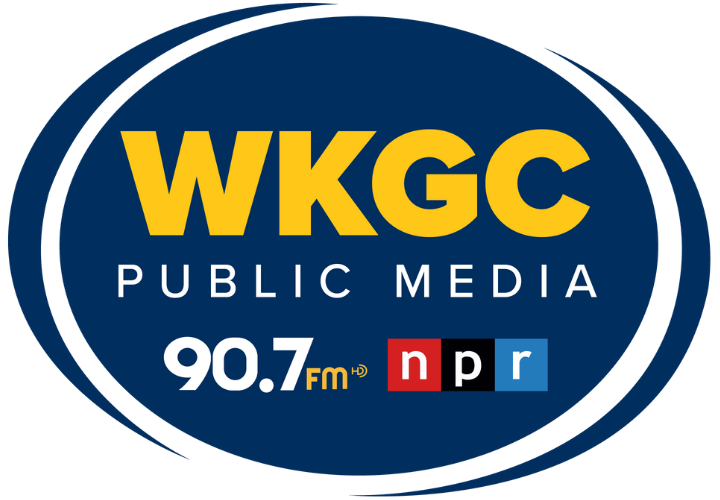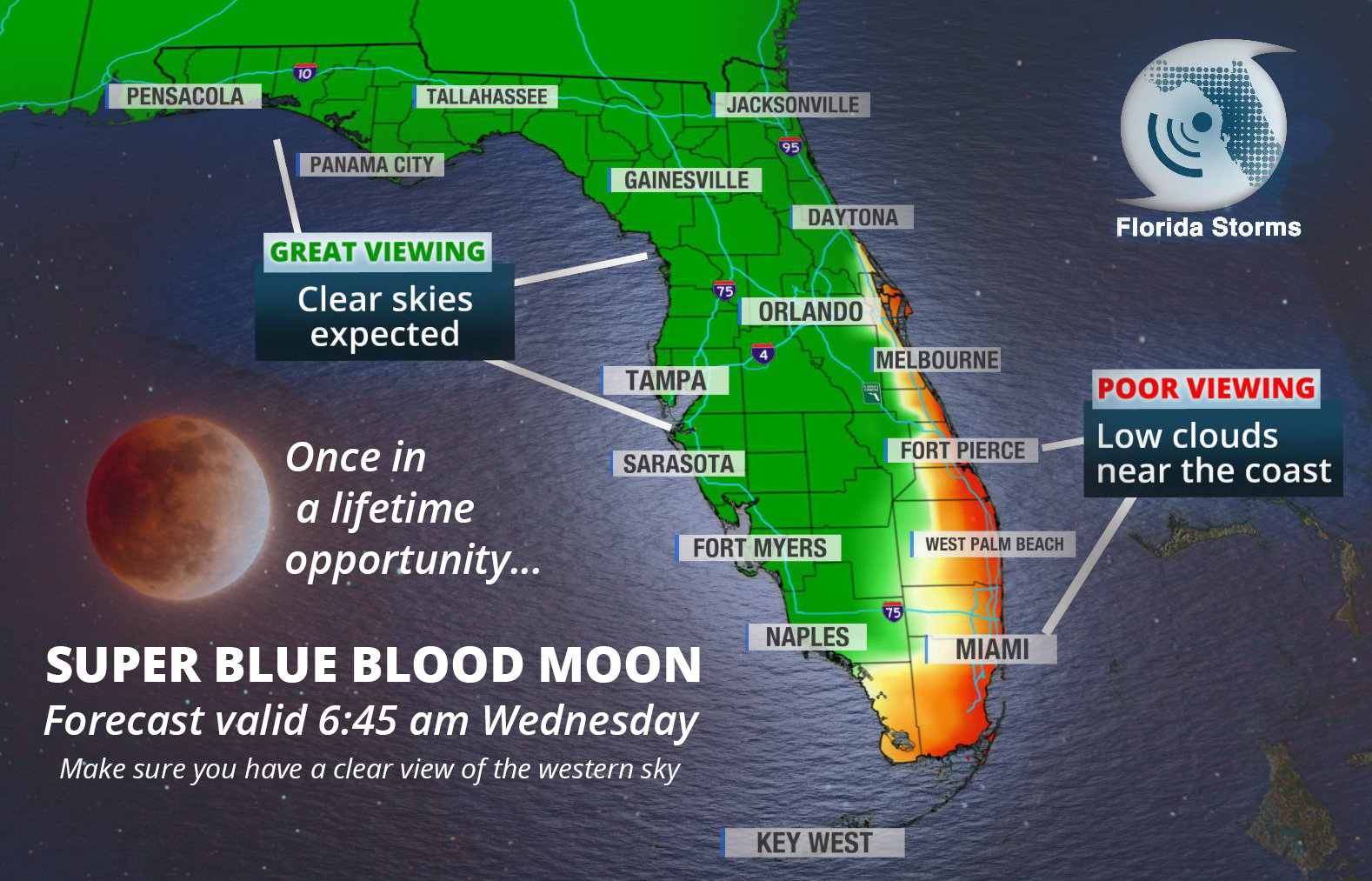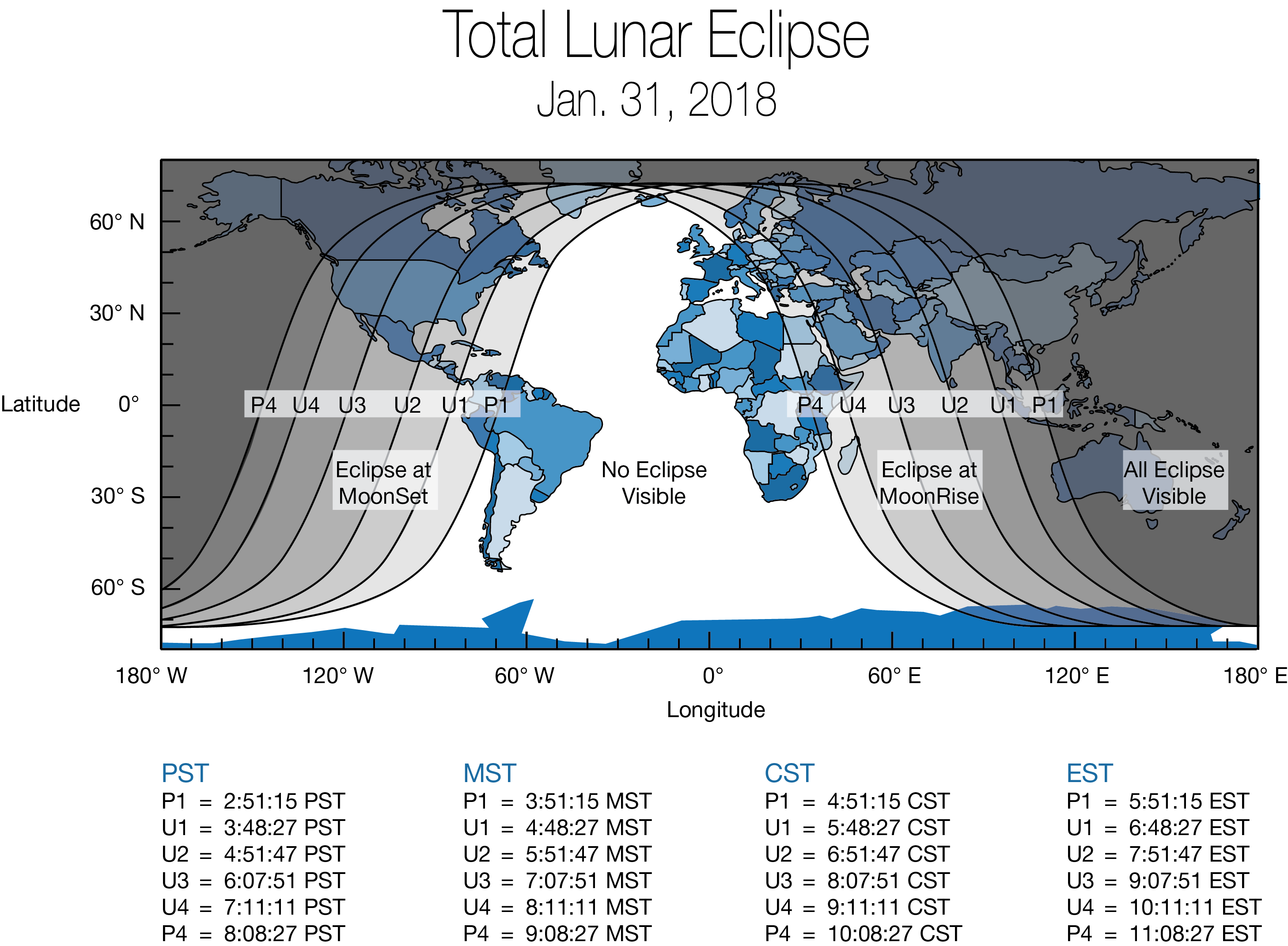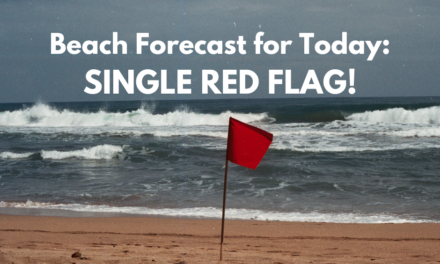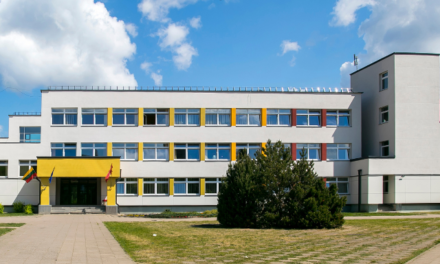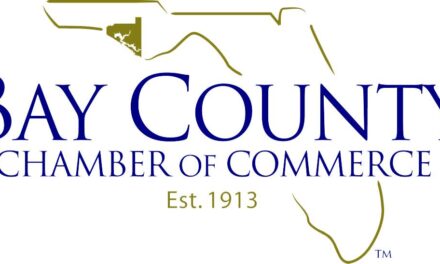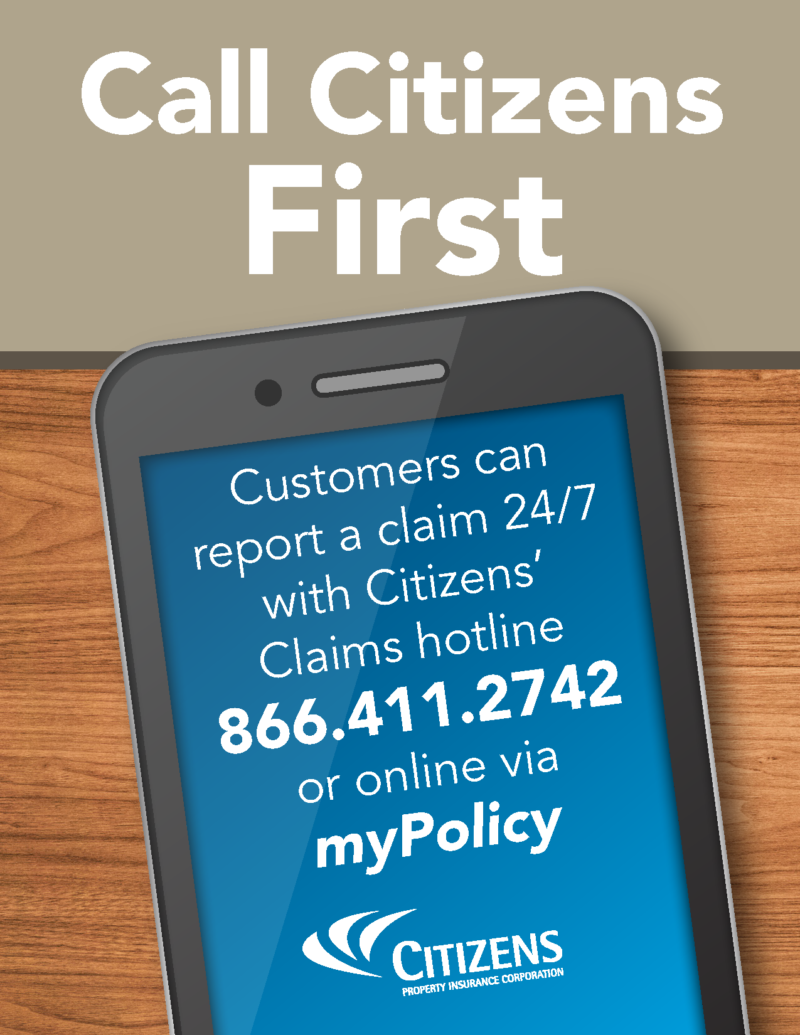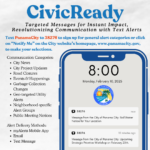
“Super” Chance to see a Spectacular Celestial Event
It was March 31, 1866 when the last total lunar eclipse occurred during a super moon that was also a blue moon. Nearly 152 years later, the trifecta celestial event dubbed as the Super Blue Blood Moon will occur again just before sunrise January 31, 2018.
Viewing conditions are expected to be super in the northern and central parts of the state, especially along the Gulf Coast from Fort Myers to Pensacola. However, questionable viewing conditions are expected along the Atlantic Coast from Melbourne to Miami, where patches of low clouds are likely to move in off the Atlantic.
What Makes It “Super”
A supermoon is a full moon near its closest point in orbit around the earth. It can appear 14 percent larger and 30 percent brighter to the naked eye. While it is somewhat up to interpretation on what distance defines a supermoon, NASA claims this will be the third one in a row. The most recent supermoon, occurring on New Years Day, will be the closest (or largest) for all of 2018.
The Blue Part Is Just A Metaphor
The old saying “once in a blue moon” is usually interpreted as something that may never occur or rarely happens. When a full moon occurs twice in one month, the second one is called a blue moon. A blue moon occurs about every 2.7 years on average, and the last one was in July 2015. Ironically, there will be second blue moon this year in March.
Why It Could Turn “Blood Red”
A total lunar eclipse will occur during the super (and blue) moon Wednesday morning, starting just before 6:00 am. As the earth’s shadow begins to obscure the moon, it may turn a shade or hint of red. This is caused by the earth’s atmosphere bending red light into the planet’s shadow while scattering the blue wavelengths.
How red the moon may appear to Floridians is a bit uncertain, as the umbra phase – the point when the earth’s shadow begins to cover the moon – will only occur a few minutes prior to sunrise and moonset.
The best time for Floridians to view the super blue blood moon is between 6:45 and 7:00 am EST. At this time, the moon will be setting in the western sky, just a bit north of due west. Locations with an unobstructed view to the west or at a higher elevation will be ideal.
NASA Video on Super Blue Blood Moon
Meteorologist Cyndee O’Quinn contributed to this report.
FPREN Meteorologist – Jeff Huffman
